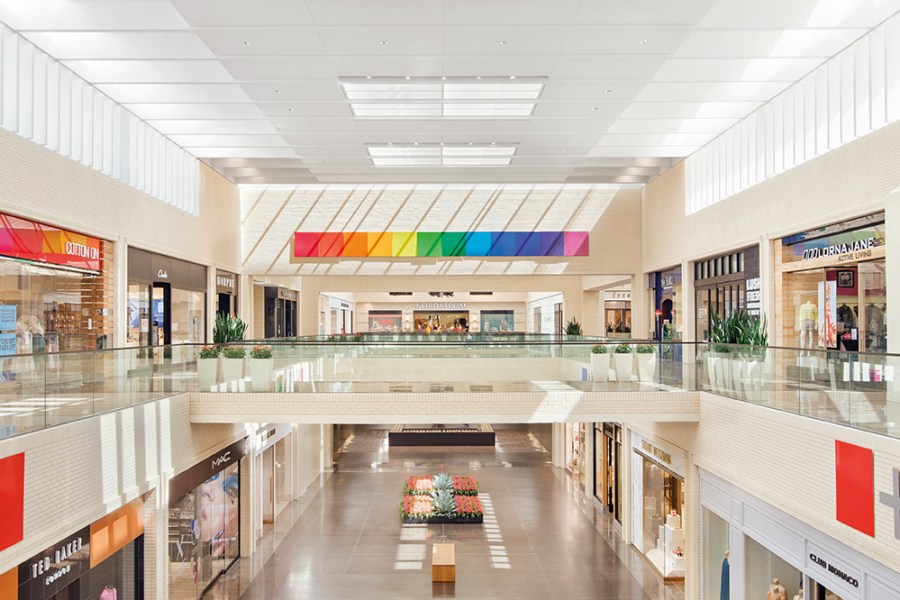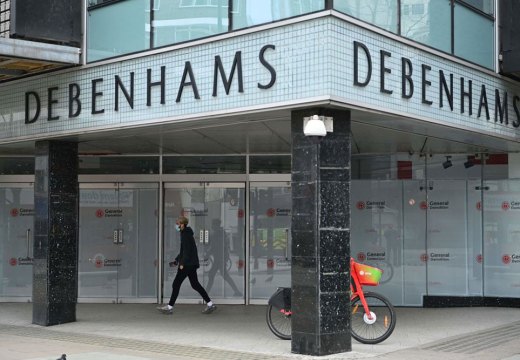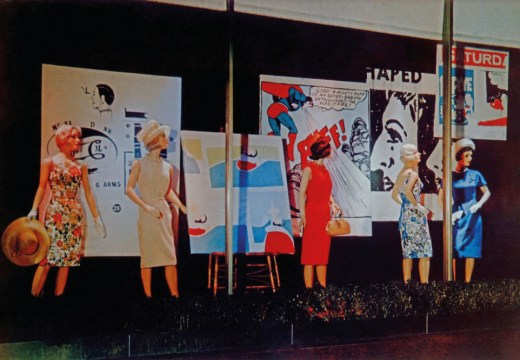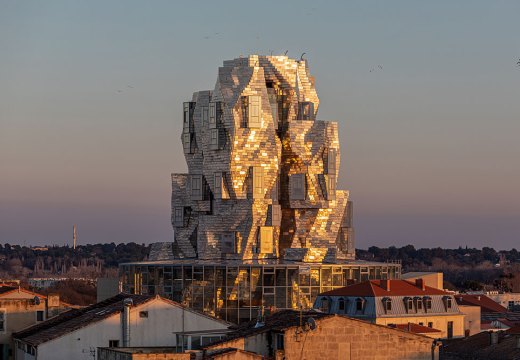From the September issue of Apollo. Preview and subscribe here.
Having children converted me to the shopping mall. Before my first child, I took my cues on the subject from J.G. Ballard and George A. Romero; I regarded the mall as an alien threat to good urban form. Once I was at the helm of a baby buggy, I started seeing advantages to having a wide variety of shops in a single weatherproof location, with no stairs and ample toilets. Soon I realised I was going to our local mall about once a week even if I didn’t have a practical reason; it was simply a comfortable, safe place to hang out with the infant.
Obviously I was still spending money, even if I didn’t set out to buy something. That’s the ‘Gruen transfer’: ‘When your presence at the mall tips from being goal-oriented (must buy new underwear, must buy birthday gift) into a pleasure in itself,’ architecture critic Alexandra Lange writes in Meet Me by the Fountain: An Inside History of the Mall. Victor Gruen, the man credited with inventing the modern mall, did not invent the idea of shopping for pleasure – this had long been the province of the department store. The experience was not wholly new, but the location was. As US cities sprawled outwards in the post-war years, department stores and other retailers wondered how they might reach suburban consumers who were less and less willing to make the trip downtown. The suburban shopping strip was an ugly and ill-favoured substitute.
Working on behalf of a Detroit department store, Gruen developed Northland, a suburban shopping centre with a large ‘anchor’ store at its hub, surrounded by smaller stores served by pleasant pedestrian walkways, all in the midst of rolling acres of car park. This was not quite the classic formula, since it was open to the air, but Gruen followed it with Southdale in Edina, Minnesota, the first enclosed climate-controlled mall, which opened in 1956.
The mall has come in for a great deal of criticism since its invention, as the site of soulless homogeneity and a bulwark of ruinous car dependency. A shrewd and dextrous critic, Lange knows all this, but she comes at her topic from a position of fondness, and the resulting portrait is unexpected and rich. Meet Me by the Fountain tells the story of the mall in the United States (and occasionally Canada – the rest of the world is fragmentarily glimpsed in a final chapter) through some of its most exceptional manifestations.
Prominent among these is NorthPark Center in Dallas, Texas, developed by Raymond and Patsy Nasher and initially designed by E.G. Hamilton. (It’s striking that so many malls have portmanteau names made by squashing together two bland locational words, making a somewhere out of nothing.) For Lange, NorthPark, which opened in 1965, is something like the perfect mall, still owned by the family that built it and still expressing the best of what a mall could be. Gruen was a European émigré and a socialist, and his early vision for malls was that they would be merely part of mixed-used neighbourhood centres that would replicate something like European urban life in the suburban frontier, with parks, art, leisure and community facilities. This never happened, to his lasting regret, but NorthPark comes close.The Nashers were collectors and connoisseurs as well as developers and they made the mall a showpiece for sculpture, including a large Corten steel work by Beverly Pepper, designed to be admired from a moving car, and a sculptural internal court of play-friendly pyramids by landscape architects Lawrence Halprin and Richard Vignolo. The Nasher family has since put NorthPark’s continuous profits to use in founding the Nasher Sculpture Center in central Dallas.
It’s rare for a mall to remain in the possession of a family as NorthPark has, and rarer for that family to exert such fine-grained aesthetic control. But control is at the heart of what makes a mall a mall. Unlike the downtown shopping district, with its public land and mosaic of interests, the mall put a single landowner in charge, and their writ ran unopposed. This is a component of their unhealthy reputation, in particular in terms of freedom of expression, although Lange suggests that they are much more vibrant centres of community than should be assumed, pointing to a long history of court judgements upholding the right of patrons to protest. As a New Jersey judge argued in the 1990s, if malls were going to supplant the town square and exploit the human desire to congregate in order to profit from it, then they would have to shoulder some of the responsibilities of that role.
The early mall often pandered to the worse desires of its clientele: it served white suburbs and was an expression of white consumer aspiration. Black people did not have malls built for them. Lange quotes a Chris Rock routine: ‘And every town’s got two malls! They’ve got the white mall, and the mall white people used to go to.’ She adds: ‘The Black mall became Black not with intention but by default.’ And while they often catered to a largely female clientele and were centres of female employment, the profits tended to disappear into male trouser pockets.
Lange works from example to example, and at times drills down to an enthusiast’s level of detail. Her presentation is meticulous but at times might have been better served by more personality, especially as the mall is such a personal place, to her and to so many others. A chapter on efforts to rejuvenate historic buildings by turning them into species of mall, such as Faneuil Hall Marketplace in Boston, comes much too early, creating a sense that we are learning much about the exceptions and little about the rule. Some of these limitations may be traced to the fact that parts of the book started as articles for the online urbanism magazine Curbed. But while more attention might have been given to over-arching structure, Meet Me by the Fountain is an absorbing and valuable book.
From the September issue of Apollo. Preview and subscribe here.
Unlimited access from just $16 every 3 months
Subscribe to get unlimited and exclusive access to the top art stories, interviews and exhibition reviews.














![Masterpiece [Re]discovery 2022. Photo: Ben Fisher Photography, courtesy of Masterpiece London](http://www.apollo-magazine.com/wp-content/uploads/2022/07/MPL2022_4263.jpg)
Why are fathers so absent from art history?